Unveiling Momentum: Strategies and Application

In the dynamic realm of finance, the concept of momentum holds a pivotal role, representing the tendency of an asset's price to persist in a particular direction over a defined period. This enduring principle assumes that securities with a history of strong performance will likely continue their trajectory while underperforming assets will persist in their decline. Momentum is an essential facet of technical analysis, applicable across diverse financial instruments, including stocks, currencies, and commodities. Traders and investors leverage momentum indicators to decipher trends, assess their strengths, and inform decisions on whether one should buy or sell assets. This article explores the nuances of momentum in finance and delves into its practical application in trading strategies.
What Is Momentum in Finance?
Within the realm of finance, momentum characterizes an asset's inclination to persist in a particular direction over a specified time frame. The underlying concept posits that securities exhibiting robust past performance will likely continue their positive trajectory, while those with a history of poor performance are anticipated to persist in a negative direction.
Momentum analysis, frequently utilized as a technical indicator, extends its application across various financial instruments such as stocks, bonds, currencies, and commodities. Traders and investors leverage momentum indicators to discern trends, evaluate their strengths, and formulate decisions regarding the purchase or sale of assets.
Various methods exist to gauge momentum, with one common approach involving the computation of an asset's rate of change over a specific period. This rate of change serves as a determinant of the trend's strength and direction, with positive momentum signaling an upward trend and negative momentum indicative of a downward trend.
Strategies within momentum investing revolve around acquiring assets with recent robust performance and divesting those that have shown poor performance. It is crucial to acknowledge the inherent risks in momentum investing, as trends can unpredictably reverse. Traders and investors commonly intertwine momentum analysis with additional indicators and risk management strategies to make judicious decisions within the dynamic landscape of financial markets.

Harnessing Momentum in Trading
Utilizing momentum in trading involves seizing opportunities within prevailing price trends in financial markets. Traders employing momentum analysis anticipate that assets exhibiting recent strong performance will likely persist, while those with poor performance will continue on a downward path. Here are crucial elements of leveraging momentum in trading:
Picking the Proper Time Frame
Various momentum indicators perform optimally in distinct time frames. Short-term traders might employ hourly or daily charts, while long-term traders usually favor weekly or monthly charts. Aligning the chosen time frame with the trader's investment horizon is essential.
Validating Signals with Additional Indicators
Momentum signals gain robustness when confirmed by other technical indicators, such as trendlines, support and resistance levels, or volume analysis. The amalgamation of multiple indicators helps minimize false signals.
Risk Management
Momentum-based trading entails risks, as trends may unexpectedly reverse. Applying effective risk management strategies, like setting stop-loss orders and defining risk-reward ratios, is crucial for capital protection.
Monitoring News and Events
External factors, such as economic releases, corporate news, or geopolitical events, can impact momentum. Staying informed about relevant news helps traders avoid unforeseen reversals or market disruptions.
Maintaining Discipline
Achieving success in momentum trading requires discipline and adherence to a well-defined strategy. Emotional decision-making should be avoided, with traders following established rules for entering and exiting trades.
Adjusting to Dynamic Market Conditions
Market dynamics can shift, affecting the efficacy of momentum strategies. Traders must be flexible and adjust their approach to evolving circumstances, considering factors like market volatility and macroeconomic trends.
While momentum trading offers profit potential, it carries inherent risks. Traders should rigorously backtest their strategies, constantly monitor market conditions, and be ready to adapt based on evolving trends. Combining momentum analysis with fundamental analysis shapes a comprehensive idea of market dynamics.
Pre-Trading Preparations for Momentum Trading
Prior to engaging in momentum trading, day traders should undertake thorough pre-trading preparations. Key activities to focus on include:
- Conducting Research
Commence the day with comprehensive research on the market and various assets. Stay informed by keeping abreast of the latest news, focusing on significant events such as corporate earnings, central bank actions, geopolitics, and analyst statements.
- Identifying Top Movers
Spot stocks exhibiting significant momentum in the market, concentrating on those with bullish or bearish momentum. Utilize a watchlist to track the most notable stocks and understand the reasons behind their price fluctuations.
- Exploring Notable Stocks
Seek out noteworthy stocks, including those reaching their 52-week high or low. Pay attention to technical indicators such as stocks moving above or below the 50-day moving averages for additional insights into potential trading opportunities.
- Creating Entry and Exit Strategies
Establish effective entry and exit strategies as crucial components of your trading approach. Define conditions necessary to enter a trade, such as waiting for a bullish crossover between the 25-day and 50-day moving averages. Similarly, outline conditions for exiting a trade, like crossing below the 50-day moving average in a downward direction.
- Testing and Retesting Strategies
Rigorously test and retest entry and exit strategies to identify the most effective positions and refine your approach over time. Consider incorporating technical indicators and chart patterns, such as head and shoulders, rising and falling wedges, cup and handle, to enhance your strategy.
- Considering Volume and Liquidity
Volume and liquidity are critical in momentum trading. Evaluate the overall volume and liquidity of stock before entering a trade to ensure smoother execution and avoid difficulties in exiting positions. This step helps prevent trading in stocks that are prone to manipulation or illiquidity.
By adhering to these pre-trading steps, momentum traders can enhance decision-making processes and increase the likelihood of successful trades while mitigating risks associated with market uncertainties.
Key Momentum Indicators for Effective Trading
Momentum indicators are crucial tools for traders aiming to gauge the strength and direction of price trends in financial markets. Here are some top momentum indicators widely used in technical analysis:
● Relative Strength Index (RSI)
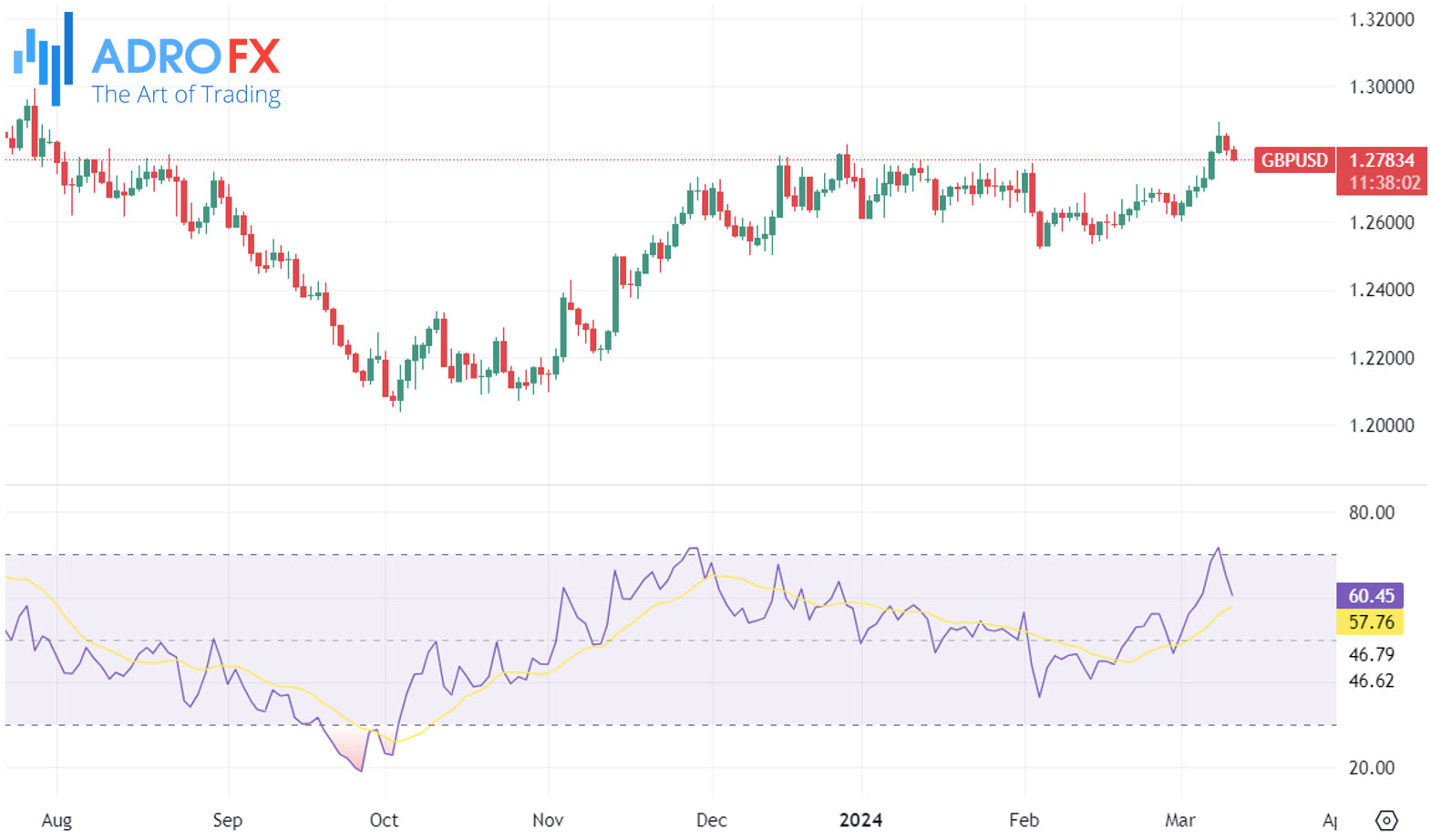
Measures recent price changes to identify overbought or oversold conditions.
Scale: 0 to 100, with readings above 70 indicating overbought and below 30 suggesting oversold.
- Moving Average Convergence Divergence (MACD)

A trend-following indicator showing the relationship between two moving averages.
Utilizes crossovers and divergences for potential buy or sell signals.
- Stochastic Oscillator
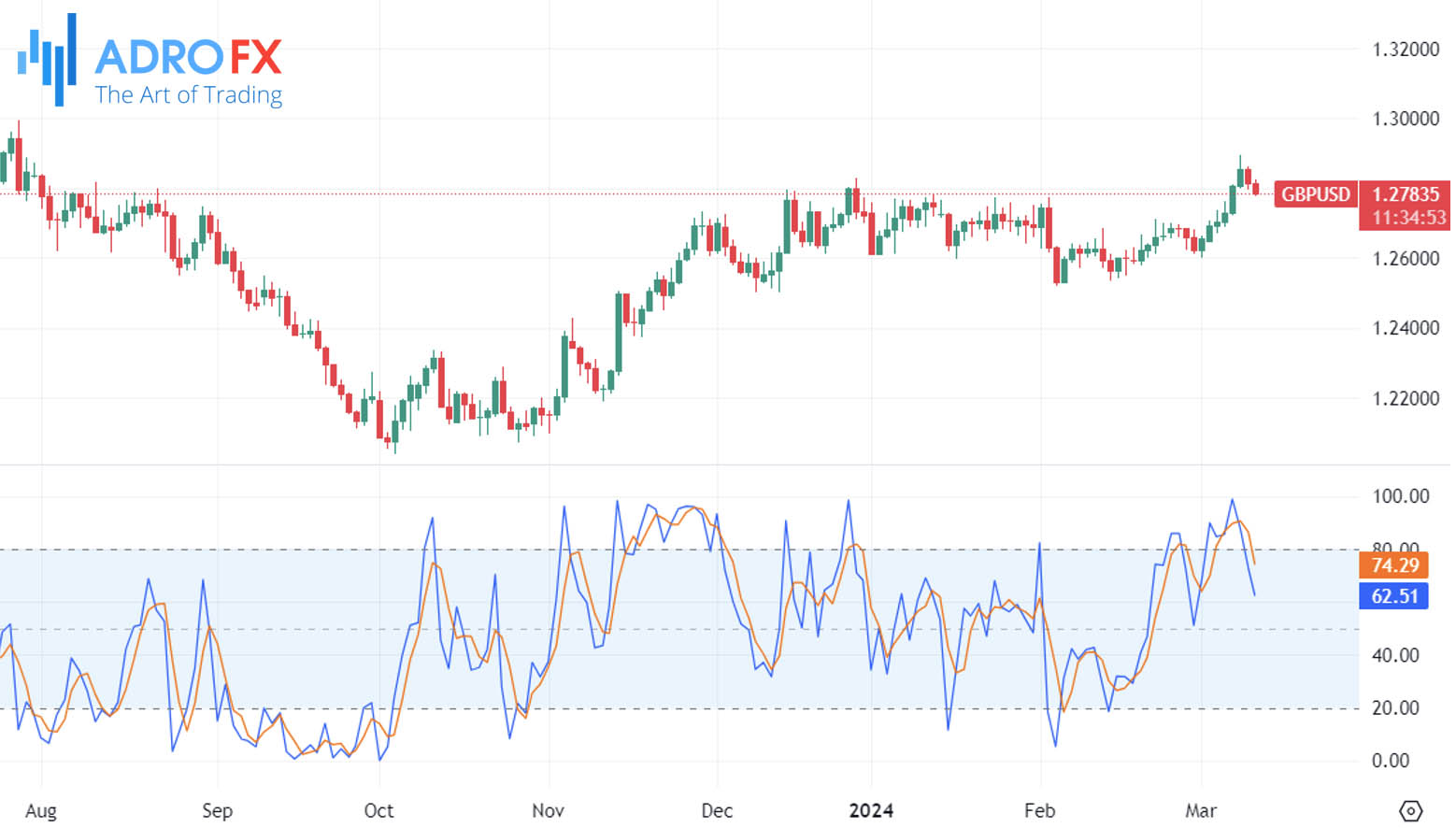
Compares a security's closing price to its price range over a specific period.
Scale: 0 to 100, with readings above 80 signaling overbought and below 20 indicating oversold.
- Momentum Oscillator

Calculates the difference between the current and historical closing prices.
Identifies potential trend reversals or confirms existing trends.
- Commodity Channel Index (CCI)
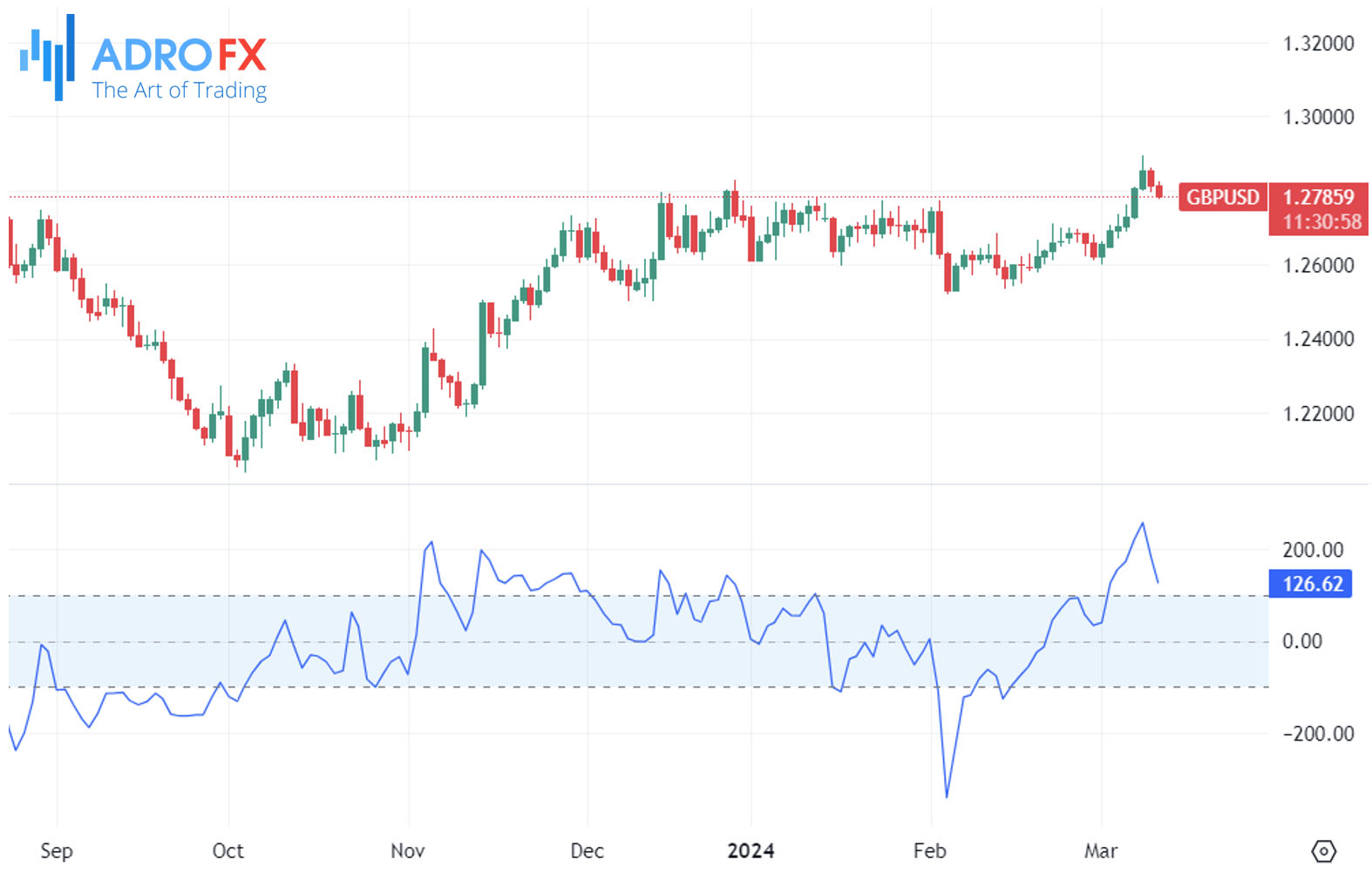
Measures statistical variation from the average price.
Identifies overbought or oversold conditions and potential trend reversals.
- Rate of Change (ROC)

Calculates the percentage change in price over a specified period.
High positive values indicate strong upward momentum, while low/negative values suggest weakening momentum.
● Average Directional Index (ADX)

Quantifies trend strength.
A rising ADX signals a strengthening trend, while a falling ADX suggests a weakening trend.
- Williams %R
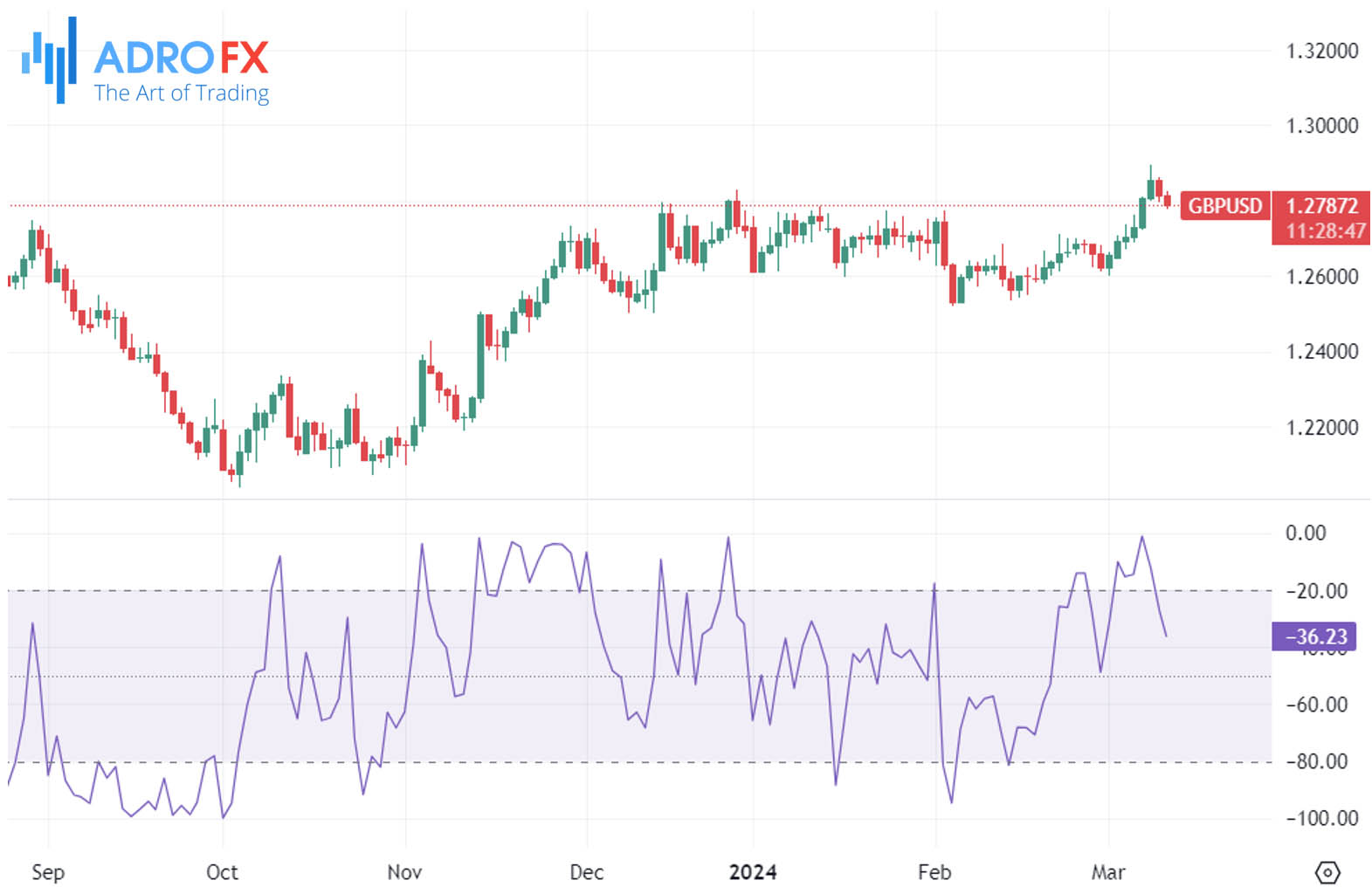
Momentum oscillator indicating overbought or oversold conditions.
Scale: -100 to 0, with readings above -20 considered overbought and below -80 indicating oversold.
- Force Index
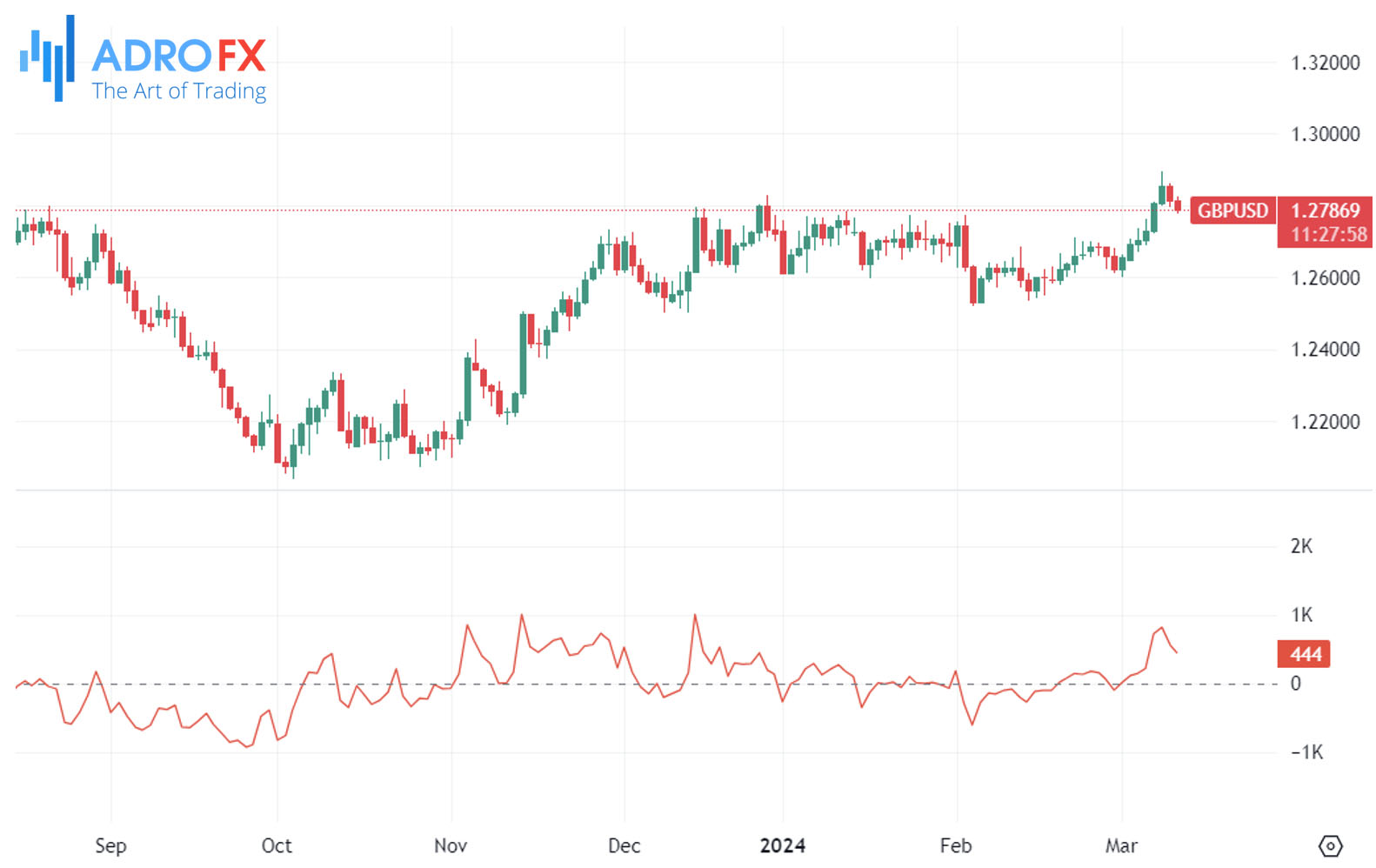
Combines price and volume to assess the strength of a price trend.
Identifies potential reversals or confirms existing trends.
- Chaikin Oscillator

Combines price and volume to assess money flow in and out of a security.
Positive values suggest buying pressure, while negative values indicate selling pressure.
Traders often combine these indicators, considering their strengths and weaknesses, to make informed decisions in dynamic financial markets.
Requirements for Implementing the Momentum Strategy
Successfully executing a momentum strategy involves several key requirements. To excel in this approach, consider the following:
- Commitment to Continuous Learning
Embrace a commitment to continuous learning, avoiding the comfort zone bias. Resist the temptation to become complacent with your performance and actively seek ways to enhance your trading approach through ongoing education. - Stay Informed on Current Events
Stay consistently updated on the current state of events, recognizing the pivotal role of news in momentum trading. Stocks with significant momentum are often influenced by headline news. Keep yourself informed about critical market factors such as geopolitics, earnings reports, and economic data. - Adaptability to Market Changes
Demonstrate adaptability to new events in the financial market. For instance, if a stock has been experiencing a robust bullish trend due to specific factors, prepare for shifts in market conditions. Be ready to adjust your approach when the driving forces behind an asset's momentum change, such as a shift from strong earnings to a different market dynamic. - Flexibility in Trading Strategy
Adjust your trading strategy to align with changing conditions. As previously mentioned, there are various momentum trading strategies, such as those involving moving averages and MACD. When market conditions evolve, be flexible in adapting alternative approaches to suit the new context.
Implementing a successful momentum strategy requires not only a deep understanding of market dynamics but also the ability to evolve and adapt. By staying informed, remaining open to continuous learning, and adjusting your strategy as needed, you enhance your chances of effectively navigating the dynamic landscape of momentum trading.
Conclusion
In conclusion, understanding and harnessing momentum in finance can be a potent tool for traders navigating the intricate world of financial markets. The concept's application through momentum trading strategies involves identifying and capitalizing on existing price trends, utilizing a range of indicators to gauge momentum strength and direction. However, it is essential to approach momentum trading with caution, recognizing the inherent risks and potential for unexpected reversals. Successful implementation requires a commitment to continuous learning, staying informed on current events, adaptability to market changes, and flexibility in trading strategies. By adhering to these requirements, traders can optimize their approach, enhance decision-making processes, and navigate the dynamic landscape of momentum trading effectively.
About AdroFx
Established in 2018, AdroFx is known for its high technology and its ability to deliver high-quality brokerage services in more than 200 countries around the world. AdroFx makes every effort to keep its customers satisfied and to meet all the trading needs of any trader. With the five types of trading accounts, we have all it takes to fit any traders` needs and styles. The company provides access to 115+ trading instruments, including currencies, metals, stocks, and cryptocurrencies, which make it possible to make the most out of trading on the financial markets. Considering all the above, AdroFx is the perfect variant for anyone who doesn't settle for less than the best.










